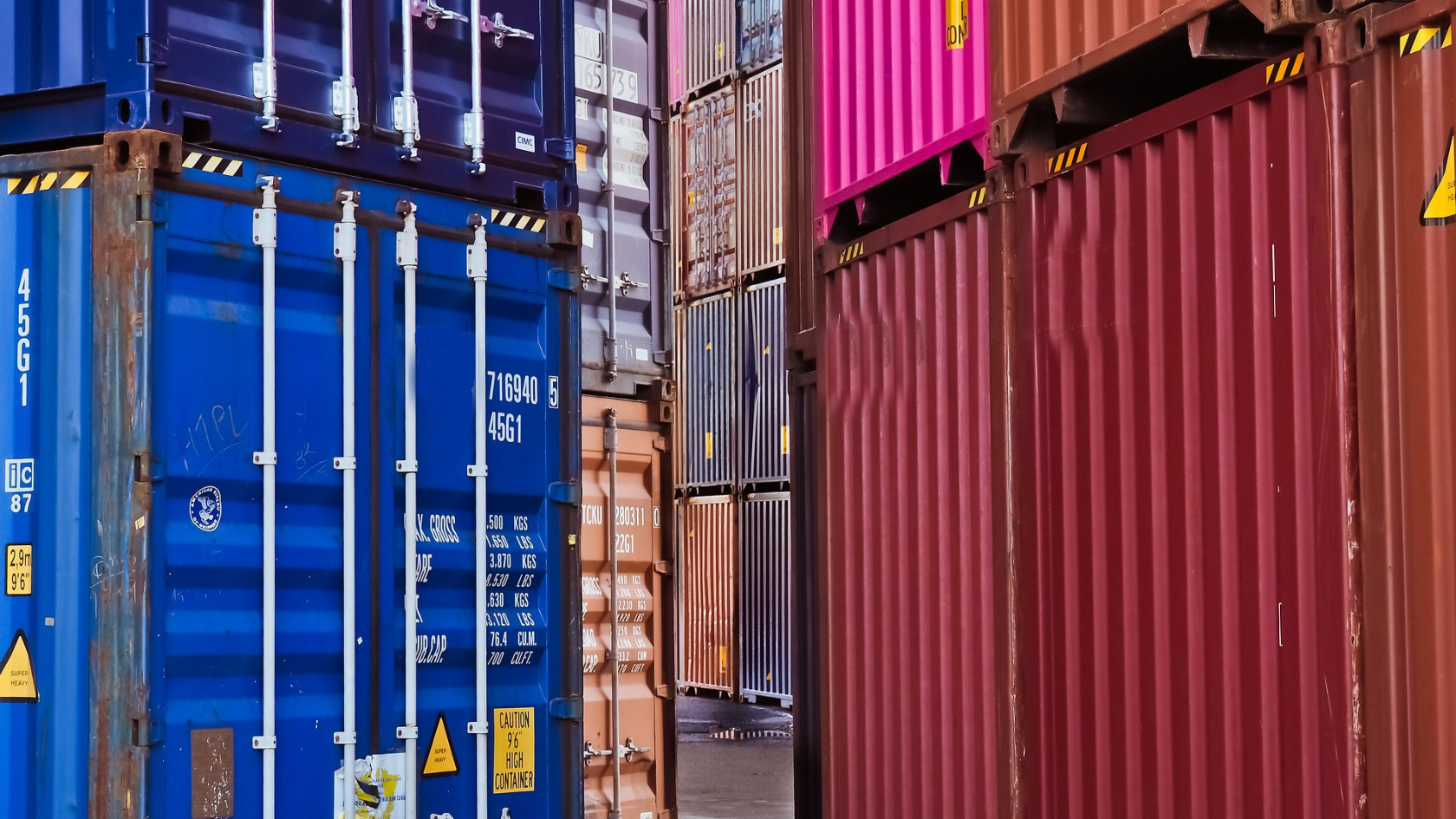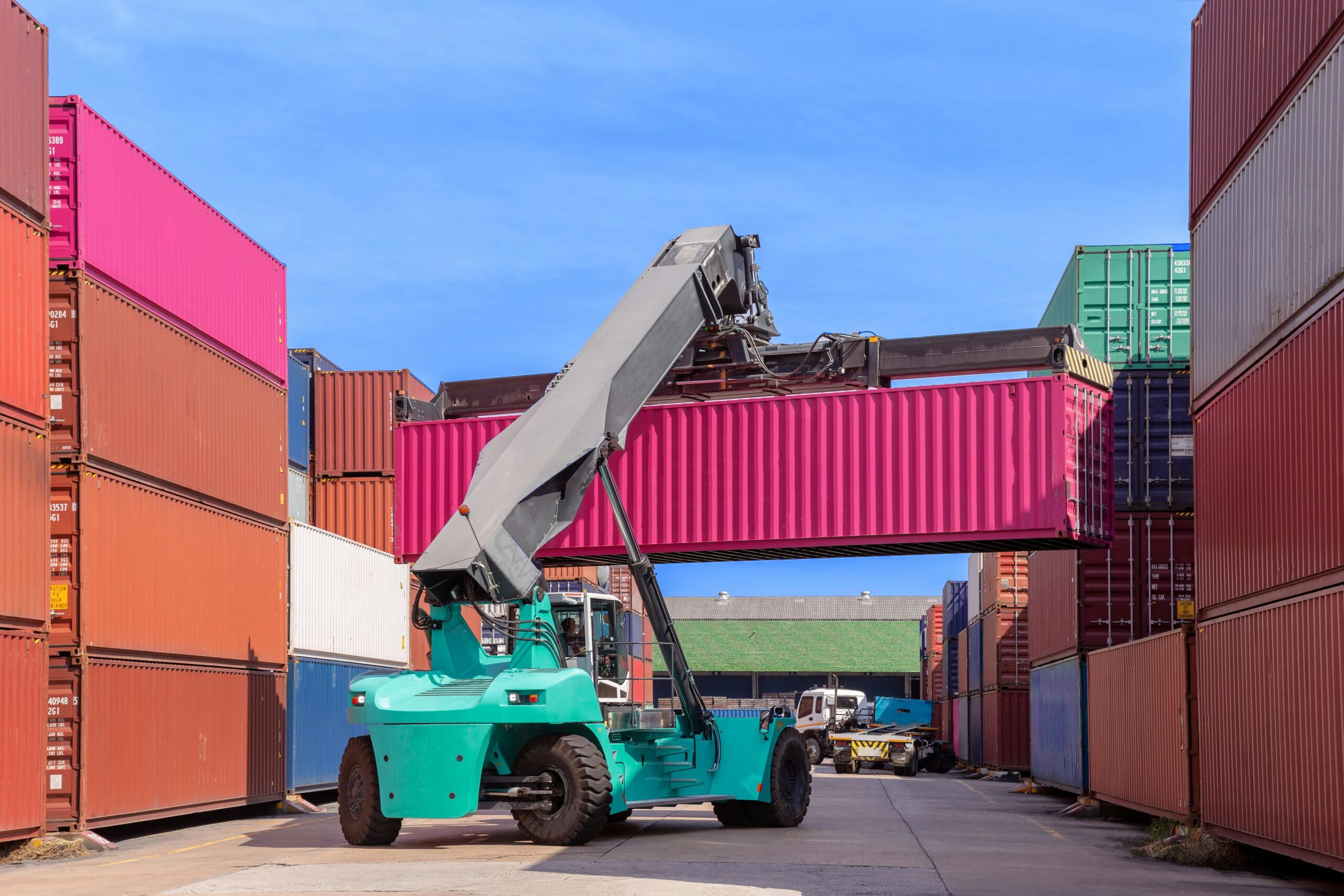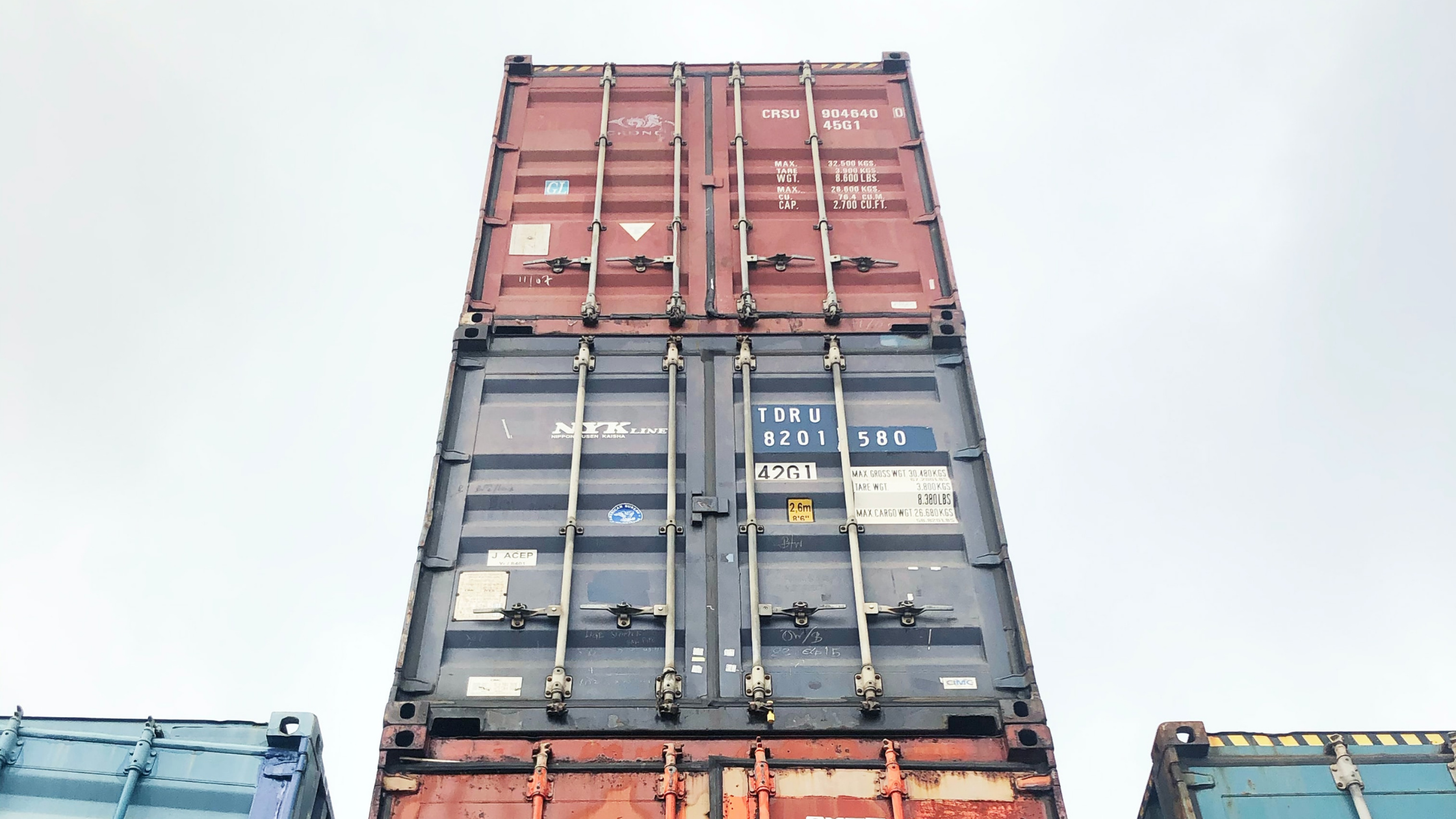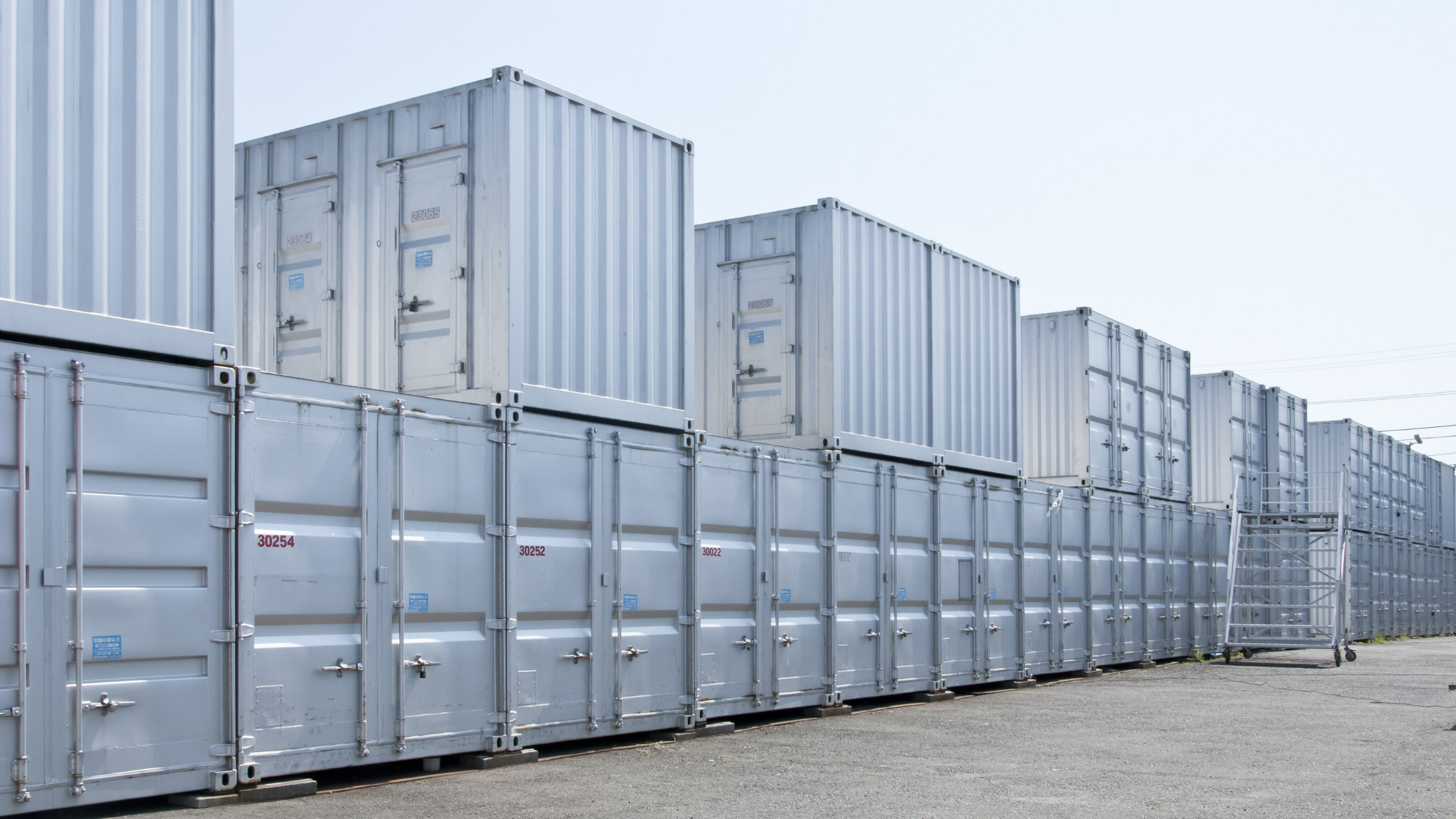
Renting vs. Buying Shipping Containers – How Do You Decide?
Your business needs storage and shipping containers are the chosen solution. Perhaps you have already decided on the number of containers you need and what sizes, features and accessories you want. Excellent! That means you are ready to make the last big decision before you secure your containers: leasing vs. buying a storage container. Knowing when to rent a shipping container and when to buy one can save you money, time and stress. But how do you decide? You must carefully consider several key factors. To help, we have put together a list of pros and cons of leasing vs. buying a storage container. For the answers you need, keep reading and reach out to Rent-A-Container’s team of storage container experts. When to Lease a Shipping Container: Pros and Cons Storage container rentals offer a lot of flexibility and convenience. But they can fall short if you need long-term storage. Here are some of the pros and cons of shipping containers for rent. Flexible Shipping Container Rentals Knowing when to rent a storage container is the first step. Then, you have to decide how long you want to hold onto it. The good news is that there are several types of storage container leases available. From full-service master leases, long-term leases, short-term and even one-way leases, you can find a shipping container rental agreement that fits your unique needs. At Rent-A-Container, the length of your storage container rental is in your hands because we never lock you into long term contracts. After an initial three-month minimum rental period, you can hang onto your storage container for as little or as long you’d like, paying just one flat fee every month. Storage Container Damage? You May Be on the Hook Pretty much any shipping container lease you sign is going to have a provision that puts you financially on the hook for damage outside of normal wear and tear. If you are considering leasing vs. buying a storage container, it’s important to think about your intended use for the container. Do you want to be able to modify a container you own or be careful with one you rent? Shipping Containers for Rent: The Latest and Greatest When you buy a container, that’s the type of shipping container you are going to have until you sell it or it is too old to use anymore. But if you rent a storage container, you can choose the latest model and updated features. For example, you can rent a standard container for a few months and then upgrade to a rented refrigerated container. If you had purchased that standard container to begin with, you would have to buy a whole new container to get the new features you need. Rented Containers Are Not Approved for All Uses While flexibility is typically on the side of rental containers in the leasing vs. buying a storage container debate, there is one way in which buying a container could offer more flexibility. You can store anything you want in a purchased container, but storage container rental agreements typically prohibit certain items, such as hazardous materials. Container Rentals Are Cost-Effective in the Short Term… While storage container prices when purchasing can reach into the tens of thousands, renting one can cost less than $120 per month. Knowing when to lease a storage container depends on you knowing how long your business will need it. At Rent-A-Container, storage container rentals start at just $115 a month and increase based on the size and type of container you decide to lease. …But Can Be More Expensive in the Long Term If you plan to use the container for more than a few years, the monthly cost of renting a storage container can easily become more expensive than buying the container outright. Renting a Shipping Container Is Like Taking a Test Drive Do you need a 20-foot container or a 40-foot container? Standard or high cube? Do you really know what you need? If not, renting a storage container can be a great way to “test drive” a certain type of container before committing to a big purchase. You Can’t Sell a Container You Didn’t Buy Leasing a storage container is kind of like renting an apartment. While the month-to-month costs are lower than buying, you don’t build any equity or gain any real assets. That means what you spend on shipping container rentals is a sunk cost. Buying a container, on the other hand, can allow you to resell it and recover some value if your needs change. Storage Container Transportation: Hassle-Free if You Rent This is one of the key benefits of leasing vs. buying a storage container. Transporting containers takes special equipment and money. And if you own the container, you have to transport it yourself or pay someone else to do it. But shipping container rental companies like Rent-A-Container will often drop off containers at your choice of location and come pick them up when you are done. When to Buy a Storage Container: Pros and Cons After a global shipping container shortage in 2020, many companies faced this question in a big way: should I buy or rent a storage container? Of course, just like the pros and cons listed for renting a storage container, there are pros and cons to buying a storage container. Many of the reasons to buy a storage container are simply the flip side of the cons of leasing a storage container, but it is important to consider all sides before you make your decision. Here is what you need to know before you buy a storage container. Buying a Storage Container: A Long-Term Investment Purchasing a container is a long-term investment. It is an asset your business can own, leverage, use and sell. That helps your business build value in the long term. But Purchasing a Container Comes with Larger Upfront Costs However, that





